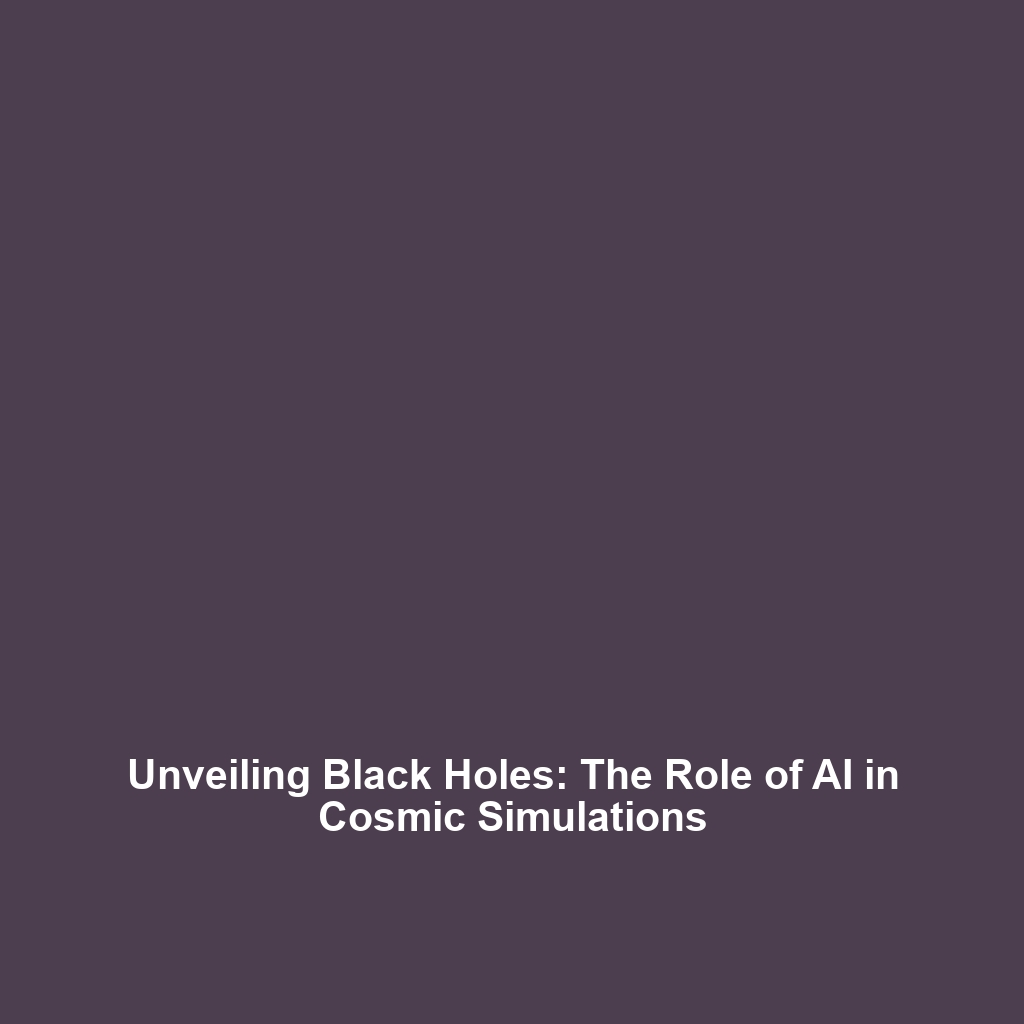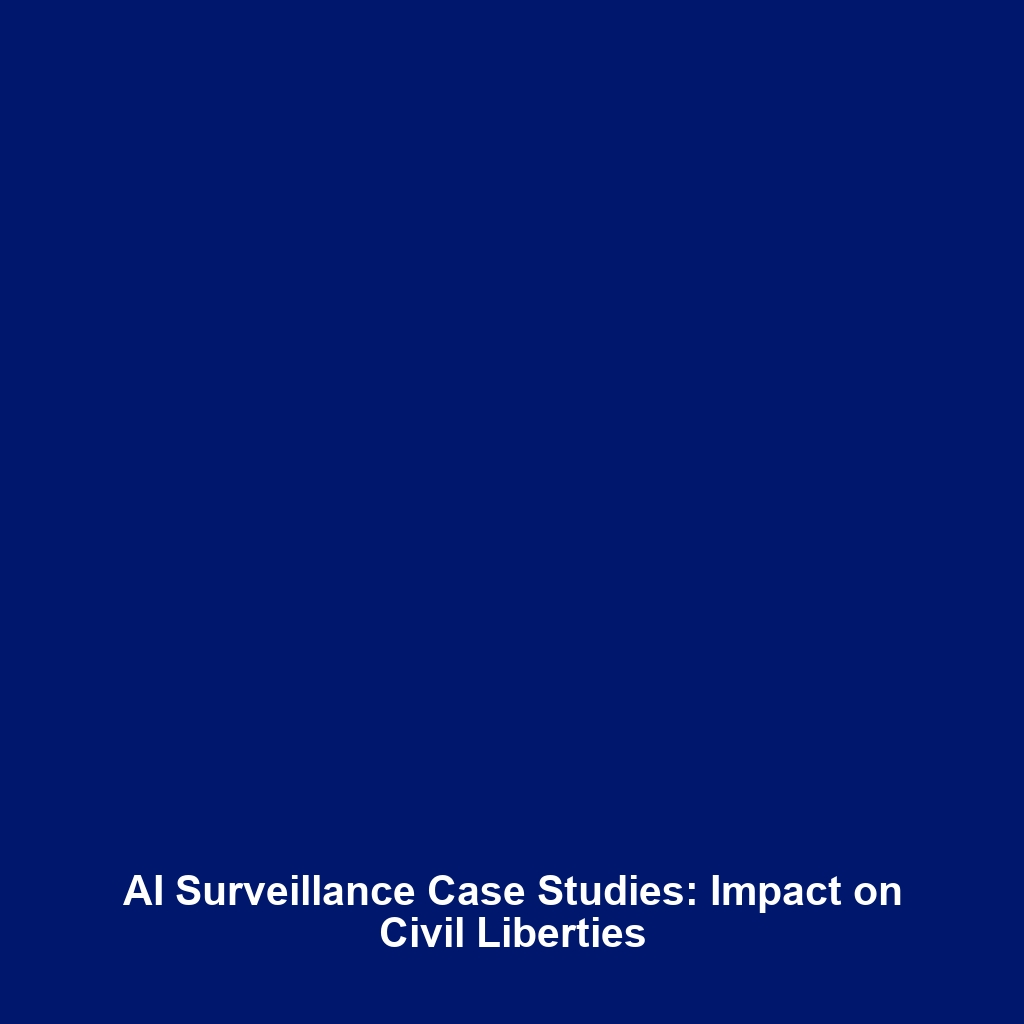<>
Milankovitch Cycles: Periodic Variations in Earth’s Orbit and Tilt that Influence the Amount of Solar Energy Earth Receives
Introduction
Milankovitch Cycles represent fundamental periodic variations in Earth’s orbit and axial tilt, significantly influencing the amount of solar energy our planet receives over millennia. These astronomical phenomena are essential in the understanding of climate history, as they have shaped Earth’s climatic patterns and contributed to long-term climate changes, such as the cycles of glaciation. Understanding Milankovitch Cycles is crucial to comprehending the natural forces that have historically driven climate evolution and how they may inform our perspective on contemporary climate issues.
Key Concepts
To delve deeper into Milankovitch Cycles, we must understand several key concepts:
- Axial Tilt (Obliquity): The tilt of Earth’s axis changes periodically between 22.1 and 24.5 degrees over a cycle of approximately 41,000 years, affecting seasonal variations.
- Orbital Eccentricity: Over a 100,000-year cycle, Earth’s orbit changes from nearly circular to elliptical, modifying the distance between Earth and the Sun, thereby altering solar intensity.
- Precession: This is the wobble in Earth’s rotation axis, completing a cycle roughly every 26,000 years, affecting the timing of solar energy distribution throughout the year.
These cycles interact to influence climate patterns, revealing the intricate connection between celestial mechanics and Earth’s historical climate transformations.
Applications and Real-World Uses
Milankovitch Cycles have significant applications in various fields related to climate history:
- Paleoclimatology: Scientists utilize sediment cores and ice cores to understand past climate conditions and correlate them with Milankovitch Cycles.
- Climate Modeling: Knowledge of these cycles assists in developing accurate climate models that can predict future climate conditions based on historical data.
- Glaciology: These cycles help elucidate the timing and extent of glacial periods, providing insights into historical glacial movements and melt patterns.
Understanding how Milankovitch Cycles influence Earth’s climate history aids climatologists and researchers in making informed predictions about future climate trends.
Current Challenges
While there is substantial understanding of Milankovitch Cycles, several challenges persist in their study:
- Data Limitations: The incomplete geological record may lead to gaps in understanding how these cycles interact with other climate influencers.
- Complex Interactions: The interplay between Milankovitch Cycles and anthropogenic factors complicates efforts to discern natural climate variability from human-induced changes.
- Model Accuracy: Predictions regarding the full extent of Milankovitch effects on future climate change can be difficult due to model uncertainties.
Addressing these challenges is vital for enhancing the reliability of climate models and understanding Earth’s climatic variations more thoroughly.
Future Research and Innovations
Future research aims to enhance our understanding of Milankovitch Cycles and their significant impacts on climate history:
- Advanced Climate Models: Innovations in computational technology are enabling the development of more sophisticated models that incorporate Milankovitch Cycles with other climatic factors.
- Interdisciplinary Studies: Collaborative research between climatologists, astronomers, and geologists is expected to yield new insights into the effects of Milankovitch Cycles on Earth’s climate system.
- Satellite Observations: Next-generation satellite technologies will offer enhanced data collection capabilities, improving the analysis of how these cycles affect regional climates.
Such advancements will be instrumental in improving our predictive capabilities and understanding the long-term implications of Milankovitch Cycles in climate history.
Conclusion
In summary, Milankovitch Cycles—periodic variations in Earth’s orbit and tilt—play a crucial role in shaping our planet’s climate history. Their influence on solar energy distribution affects glaciation patterns and overall climate evolution, forming a vital part of understanding climate change dynamics. For further exploration of climate phenomena, consider reading on paleoclimatology and climate modeling.





